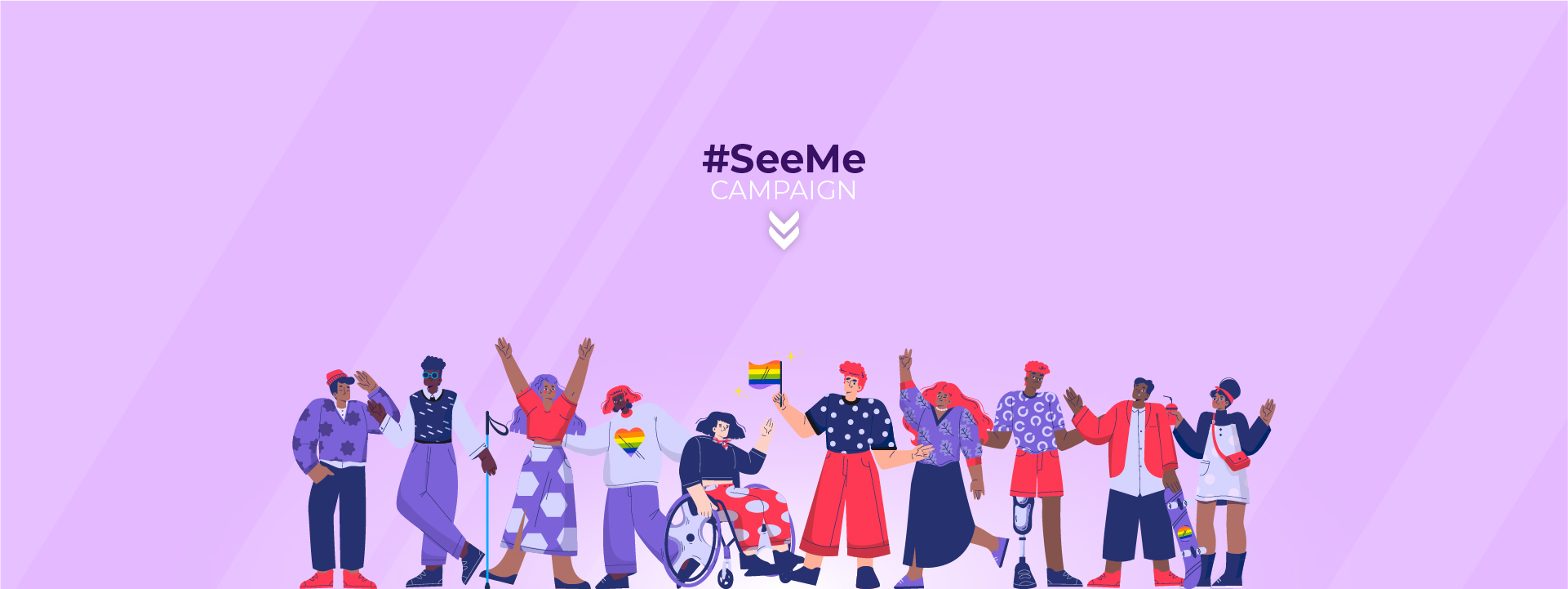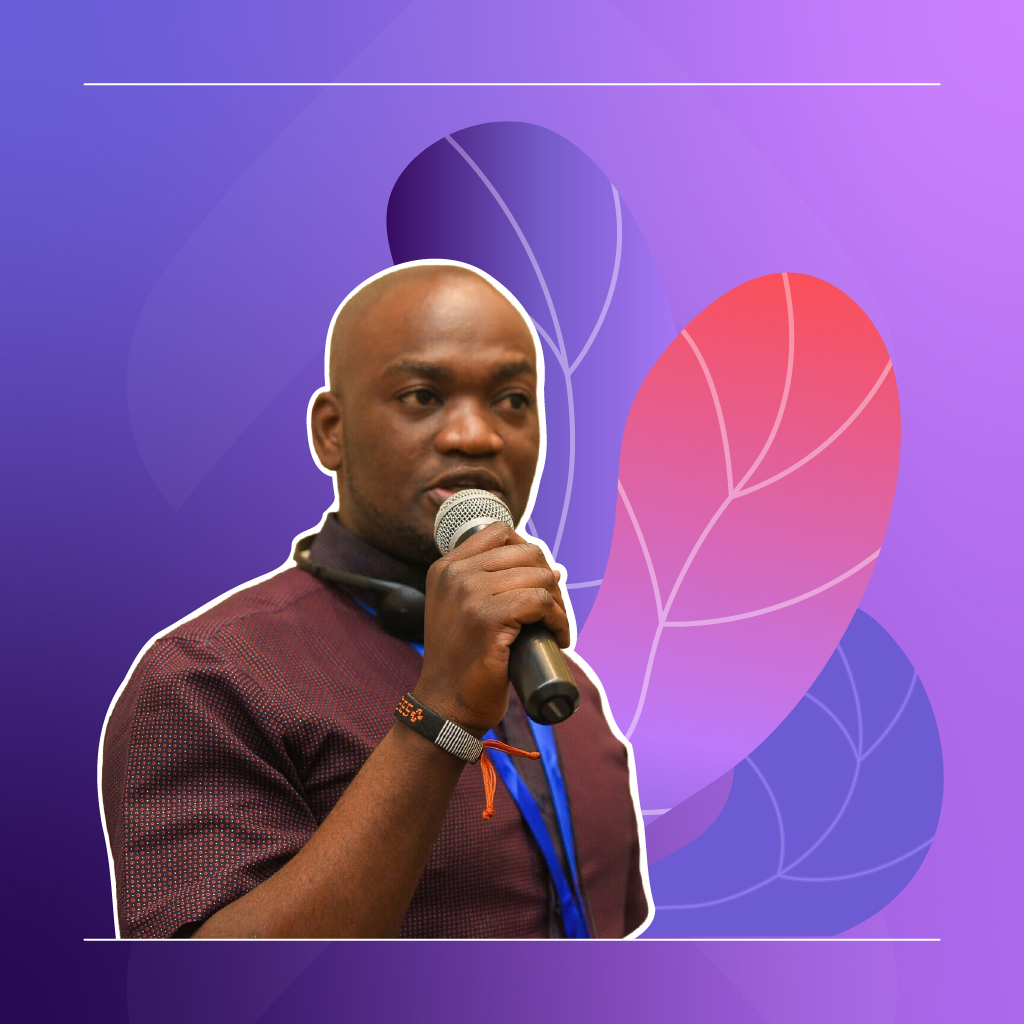Journalism through an intersectional lens:
How this Zambian reporter is practicing Make Way's SRHR approach to highlight the experiences of marginalised groups
Moses Chimfwembe
Moses Chimfwembe is a reporter covering stories on adolescents and women's health for the Times of Zambia. Through his interactions with the Make Way partners Forum for African Women Educationalists of Zambia (FAWEZA), he has developed an intersectional approach to news reporting. “It allows me to investigate more critically and to better understand the challenges that some people face in realising their sexual and reproductive health and rights.”
Read more →
The Make Way programme hinges on an intersectional approach to break down barriers to sexual and reproductive health and rights (SRHR); it examines how people’s compounded identities can hinder their access to SRHR. Understanding this connection empowers marginalised communities, especially youth, to hold policy makers to account and advocate for their SRH rights.
SRHR coverage within mainstream media
When Moses is covering SRHR topics, he sets out to unpack barriers to education and services, highlight policies in Zambia pertaining to SRHR, and provide checks and balances on international treaties to which Zambia is party. He explains that the latter is imperative when it comes to the media keeping governments accountable. Adding, “I also examine statistics, especially on the capacity of health centers to provide services, as well as the community’s level of uptake.” For marginalised communities which are often the most statistically disfavored, Moses takes a human-interest perspective to reporting. Different from ‘hard-news’ which focuses on topics like governance and foreign affairs, human-interest stories are told instead from the perspective of the marginalised persons, highlighting their experiences, expectations and hopes.
With regards to editorial policies, Moses agrees that many newsrooms across Africa may restrict the publication of certain controversial topics including abortion and LGBTQI experiences. But he is quick to add that there’s always room to incorporate information on sensitive topics in a story, especially if it has a direct implication on a policy. “For example, unsafe abortions contribute to the high rate of maternal death. Talking about them [abortions] may start the conversation that leads to implementation of prevention policies, and therefore reduction of maternal mortality,” he explains.
Applying an intersectional approach to SRHR
Moses also lauds the intersectional approach for allowing his reporting to find the gaps between policies and reality, which he says has been a critical discovery. He reveals that for example in Zambia, the State has adjusted Comprehensive Sexuality Education (CSE) to be known as ‘Life Skills and Health Education (L-SHE)”, owing to the controversy surrounding the former name.
“Education materials on this topic have been disseminated, but statistics indicate that they are not reaching certain rural areas where the numbers of teenage pregnancies and child marriages are highest.” He adds that while there are youth with learning disabilities, there haven’t been tangible efforts by the government to invest in sign language instructors and other specialised learning approaches for this education. “This essentially means some youth are left out.”
Practicing intersectionality requires one to look out for diverse social identities and the unique ways in which each individual experiences different oppressions. In the case of a reporter like Moses, it is imperative to identify voices that may be unheard and unrecognised, or those who might be left out during policy making processes. He further explains: “The policy on provision of SRHR services in Zambia specifies that they are to be given to those who are 16 and above years. Yet, adolescents as young as 13 are already engaging in sexual activity.” By applying an intersectional lens, Moses is able to identify and highlight the policy gap that leaves out a critical age group from SRHR service provision.
Lessons from The Make Way programme
Moses’ biggest highlight from interactions with the Make Way programme was when he joined a panel about applying an intersectional SRHR approach hosted by FAWEZA, as a speaker. The panel comprised a legislator, now Justice minister, and a Make Way youth panel member. He says he was pleasantly surprised to be a part of a conversation with different stakeholders openly discussing diversity in SRHR – a conversation on a topic he thought is not often accorded priority in his work. “It was so important to have all of us sharing different perspectives; I gained many insights from just listening to everyone.”
As a member of the International Planned Parenthood Federation – Africa Media Network, Moses believes that extending the Make Way programme to religious leaders and parents of youth may be key to advocating for better SRHR policies. For the media, he recommends sustained reporting capacity building, adding that many reporters’ stereotypical reporting of SRHR stories have a lot to do with inadequate or inaccurate knowledge and tactical skills for SRHR coverage.
Article by Edna Ninsiima.





